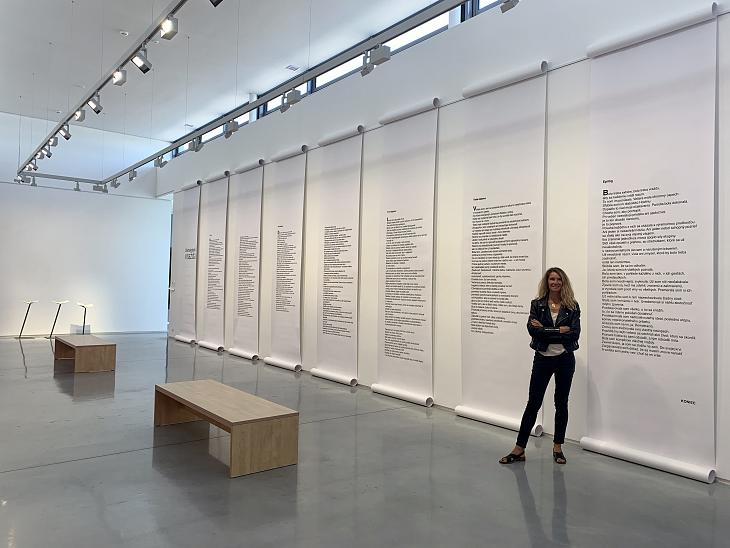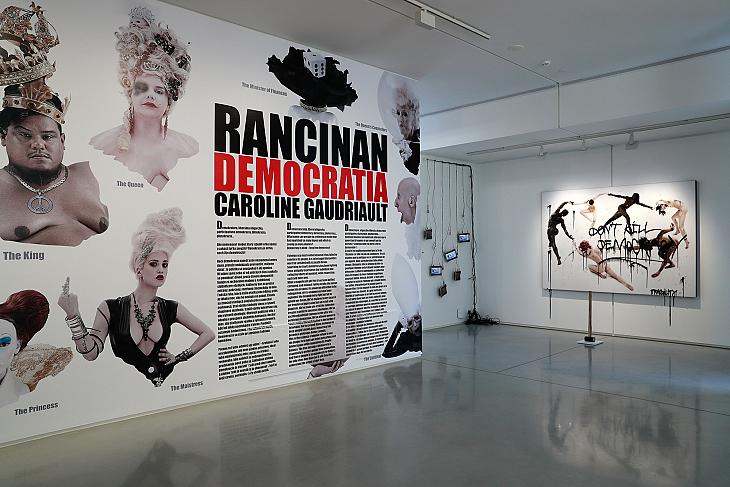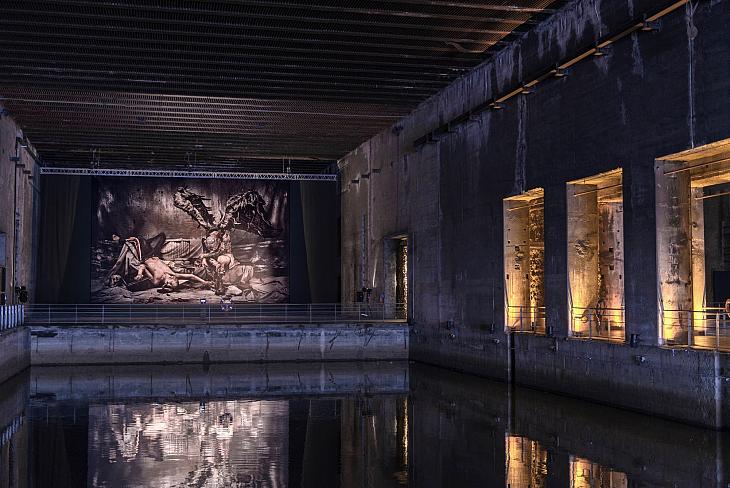
Mohammed VI Museum of Modern and Contemporary Art
«From rage and desire, the human heart beating»

PALAIS de TOKYO - PARIS, FRANCE
« METAMORPHOSIS »

MUSÉE OCÉANOGRAPHIQUE DE MONACO
« ANOTHER DAY ON EARTH »

HIMALAYAS ART MUSEUM - SHANGHAI
« THE TRILOGY OF THE MODERNS »

DANUBIANA MEULENSTEEN Art Museum - BRATISLAVA
« DEMOCRATIA »

COUVENT DES CORDELIERS – PARIS, FRANCE
« THE DESTINY OF MEN »

ACADÉMIE DES BEAUX-ARTS DE FLORENCE, ITALIE
« THE DESTINY OF MEN »

DANUBIANA MEULENSTEEN Art Museum - BRATISLAVA
« TRILOGY OF THE MODERNS »

SUBMARINE BASE - BORDEAUX, FRANCE
« THE SCARCITY OF MIRACLE »

MUSEE DES ARTS ET METIERS - PARIS, FRANCE
« FEAST OF BARBARIANS »

SEE + ART DISTRICT - BEIJING, CHINA
« A SMALL MAN IN A BIG WORLD »

TRIENNAL DI MILANO
« TRILOGY OF THE MODERNS »

Chapelle ST SAUVEUR - PARIS,FRANCE
« HYPOTHESES »

Collégial ST ANDRÉ - CHARTRES
« THE DESTINY OF MEN »

URBAN SPREE - BERLIN
« THE DESTINY OF MEN, Part I and II »

SINAN MANSION - SHANGHAI, CHINA
« A SMALL MAN IN A BIG WORLD »

Barcelona Museum of Contemporary Art, SPAIN
"Nathalie Rheims - Limbo"

MUSEU OSCAR NIEMEYER - BRASIL
"Salome in Wonderland"

MUSEO PROVINCIAL DE HUELVA
« TRILOGY OF THE MODERNS » Part I & II

VENICE BIENNALE
« REVOLUTION »

...
Ⓒ 2024 RANCINAN & GAUDRIAULT - FINEARTCUBE [Se connecter] |























































































































































































































































